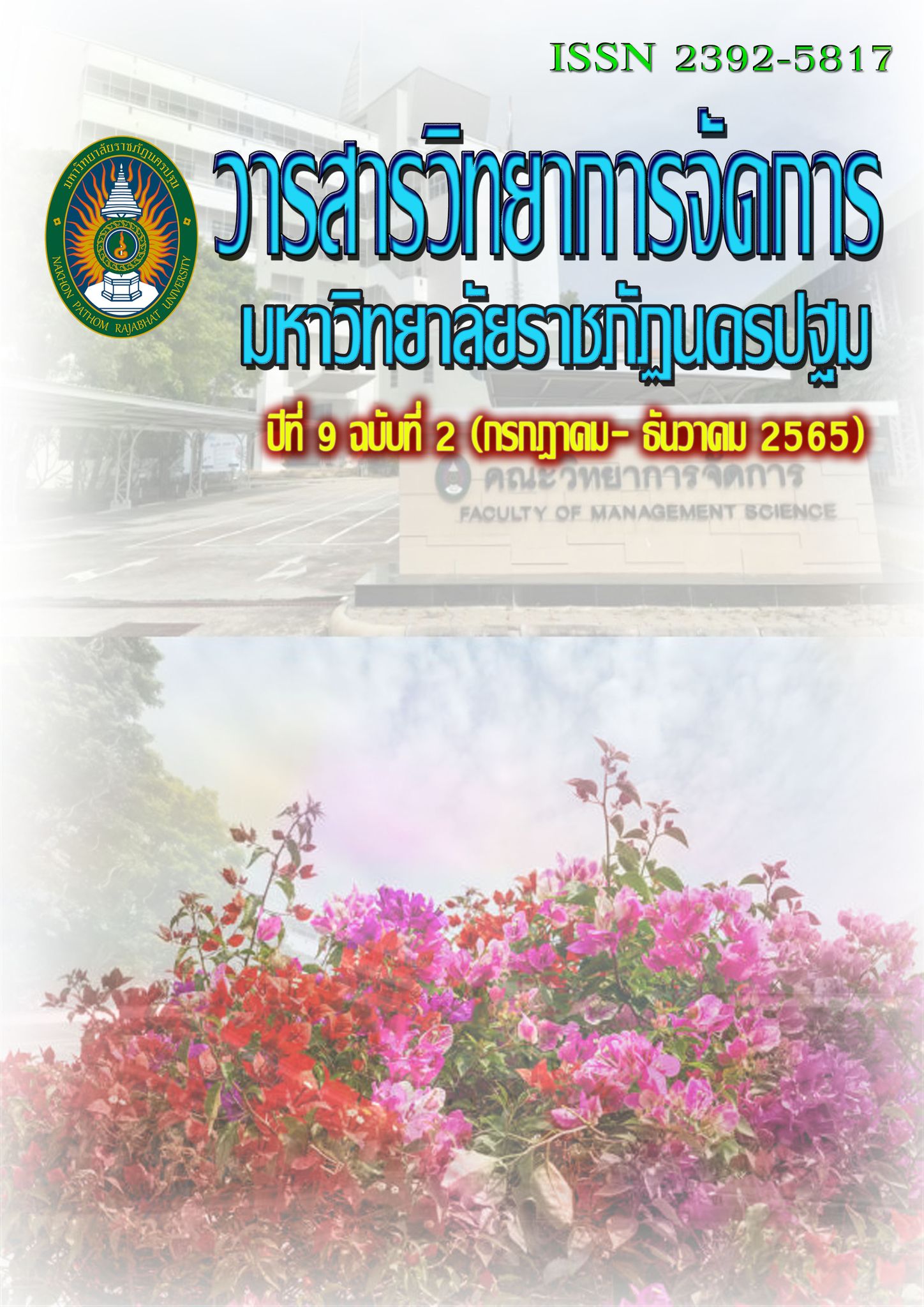The Study of Blockchain Technology implementing in Digital Payment System in Thailand
Main Article Content
Abstract
The rapid technological advancements, in the field of digital assets and blockchain, results to what is known as digital currency which can be used as a payment system capable of being used locally and abroad. This technological advancement allows tracking of where the money originated from, as well as hold a steady value, which helps solve the problem of money laundering. However, at the same time there are problems such as polices which govern these digital assets, how safe is the technology, the identification of anonymous users, offline services, and the general public acceptance of this technology. Therefore, the use of cryptocurrencies should be encouraged, and using the related technologies such as BLOCK CHAIN technology in digital currency payment applications in Thailand to accommodate future opportunities.
Article history: Received 28 August 2022
Revised 4 December 2022
Accepted 9 December 2022
SIMILARITY INDEX = 0.96 %
Article Details

This work is licensed under a Creative Commons Attribution-NonCommercial-NoDerivatives 4.0 International License.
The views and opinions of the article appearing in this journal are those of the author. It is not considered a view and responsibility of the editorial staff.
References
ธนาคารแห่งประเทศไทย. (2565). ข้อมูลพื้นฐานของสกุลเงินดิจิทัลที่ออกโดยธนาคารแห่งประเทศไทย
(Retail Central Bank Digital Currency : Retail CBDC). [ออนไลน์]. ค้นเมื่อ 2 สิงหาคม 2565 จาก https://www.bot.or.th/Thai/ResearchAndPublications/Report/AnnualReport/Pages/AnnualReport2021_box05.aspx.
เศรษฐพงค์ มะลิสุวรรณ. (2560). Startup 90% ล้มเหลว แล้วอีก 10% ที่สำเร็จ เขาทำอะไรกัน?. ค้นเมื่อ 2 สิงหาคม 2565 จาก https://www.it24hrs.com/2017/startup-someone-success.
Ally, Mustafa & Gardiner, Michael & Lane, Michael. (2016). The Potential Impact of Digital Currencies on the Australian Economy. Retrieved August 2, 2022. from https://www.researchgate.net/publication/303859326_The_Potential_Impact_of_Digital_Currencies_on_the_Australian_Economy.
Asian Development Bank Institute. (2019). Money and Central Bank Digital Currency. Retrieved August 2, 2022. from https://www.adb.org/publications/money-and-central-bank-digital-currency-cryptoassets.
European Central Bank. (2019). Exploring anonymity in central bank digital currencies. Retrieved August 2, 2022. from https://www.ecb.europa.eu/paym/intro/publications/pdf/ecb.mipinfocus191217.en.pdf.
Iftikhar, W., Mago, D. & Mahmood, V. Z. (2021). Blockchain Technology Adoption by Malaysian Higher Education Institutes: A Perspective of Integrated Tam Model and Toe Framework. ICIIC 2021 Proceedings (Malaysia). 606-617.
Leong, S. W. (2019). A conceptual framework for innovation traits and Acceptance of the adoption of blockchain in the Stockbroking industry. BERJAYA Journal of Services & Management, 12(2), 15 – 29.
Yeonouk, C., Jaeho, L., Sungjoong, K., Hyunjoong, K., Yongtae, Y., and Hyeyoung, C. (2022). Review of Offline Payment Function of CBDC Considering Security Requirements. Retrieved August 2, 2022. from https://www.mdpi.com/2076-3417/12/9/4488/pdf.

